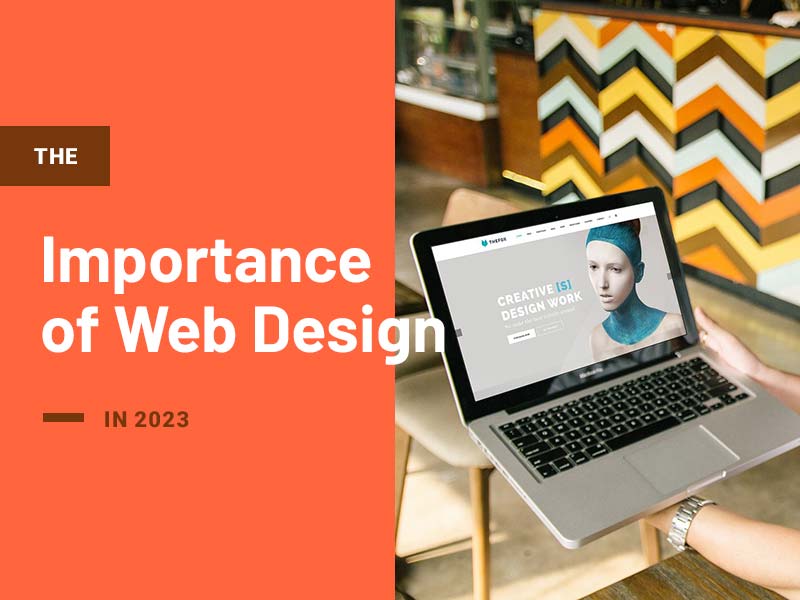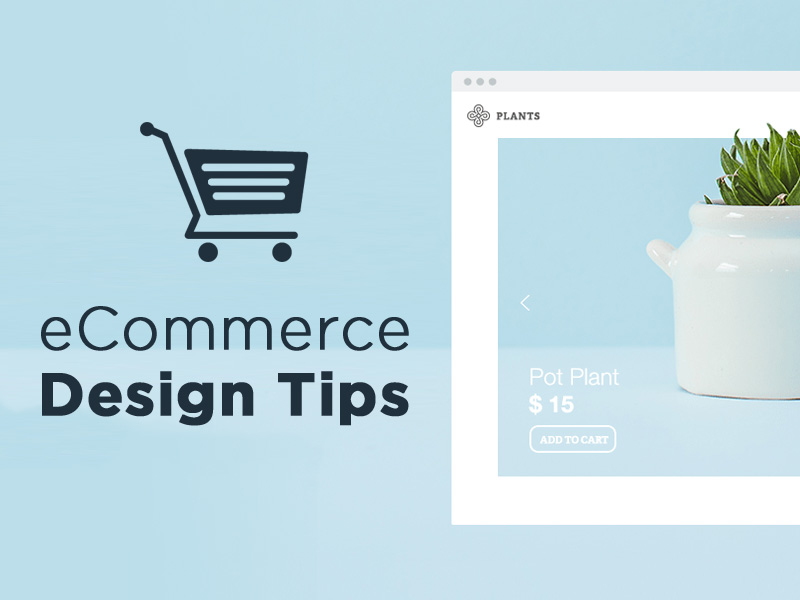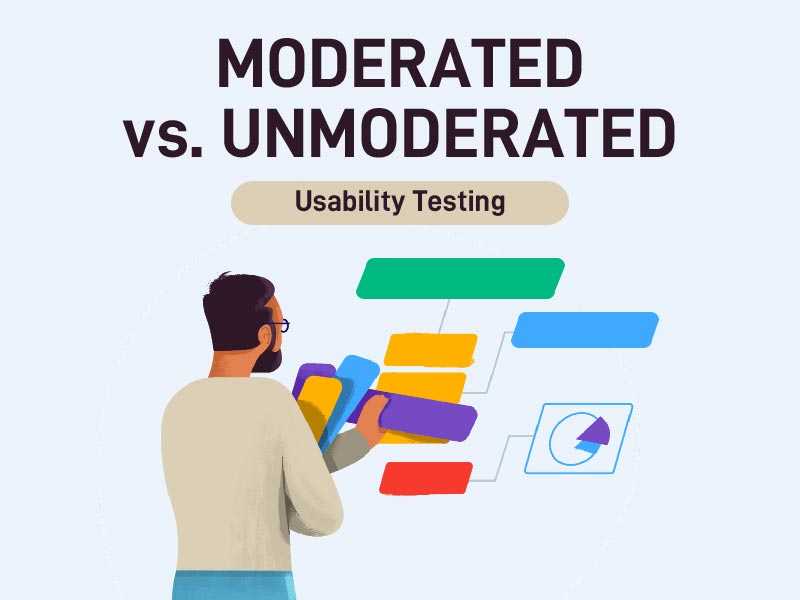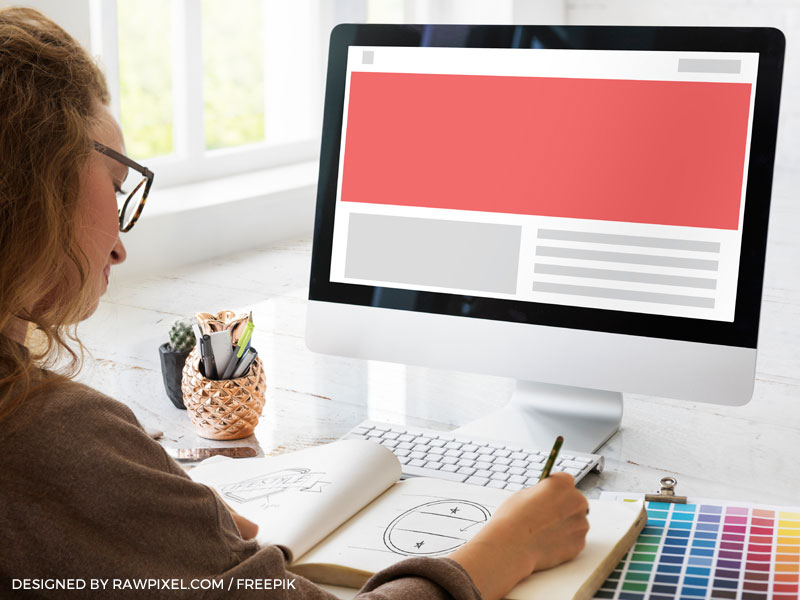In 2023, web design continues to be a critical aspect of any online business or organization. The importance of web design is evident in the fact that it can make or break the success of a website. A well-designed website can help a business to attract and retain customers, increase engagement and sales, while a poorly designed website can drive visitors away, resulting in lost opportunities.
First Impressions Matter More Than Ever
With the ever-increasing competition on the internet, first impressions are more critical than ever before. A website that is outdated or poorly designed will turn off potential customers, who will quickly move on to competitors’ websites. An aesthetically pleasing website that is easy to navigate, loads quickly, and provides a good user experience will attract and retain customers. Internet users have limited attention spans, and they make split-second judgments about the credibility and quality of a website based on its appearance.
A visually appealing design immediately grabs attention and creates a positive impression, increasing the likelihood that users will stay and explore further. A website with a modern and polished design signals that the business cares about its online presence and is invested in providing a high-quality user experience. Easy navigation is crucial for keeping visitors engaged and encouraging them to explore more of the website.
A well-designed website incorporates clear and intuitive navigation menus, making it effortless for users to find the information they are seeking. The organization of content, logical site structure, and the placement of key elements such as search bars and contact information all contribute to a positive user experience. When users can quickly and easily find what they need, they are more likely to stay on the website, interact with its content, and ultimately convert into customers.
A good user experience encompasses various factors, including visual appeal, ease of use, and overall satisfaction with the website. An aesthetically pleasing design, accompanied by a thoughtful layout and engaging visuals, contributes to a positive user experience. Well-designed websites also take into account factors such as responsiveness across different devices, accessibility for users with disabilities, and integration of interactive elements to enhance engagement.
In a crowded online marketplace, a well-designed website can provide a significant competitive advantage. A visually appealing and user-friendly website stands out among the competition and helps to establish a strong brand identity. By investing in web design, businesses can differentiate themselves and create a positive perception that sets them apart from competitors.
Mobile Optimization is Essential
In 2023, mobile devices will continue to be the primary means of accessing the internet, with more and more people using their smartphones and tablets to browse the web. A responsive web design that adapts to different screen sizes and resolutions is essential to provide a good user experience across all devices.
The widespread use of mobile devices has reshaped how people consume online content. Mobile usage has surpassed desktop usage, and mobile devices have become the go-to choice for accessing the internet on the go. Whether users are browsing social media, researching products, or reading articles, they expect websites to be fully functional and visually appealing on their mobile devices
A responsive web design allows businesses to cater to this mobile-first audience and ensure that their websites are accessible and engaging across different screen sizes and orientations. Responsive web design prioritizes user experience by providing a consistent and optimized browsing experience on all devices.
A website that is not responsive can lead to a frustrating user experience on mobile devices, with elements appearing too small, text being hard to read, and navigation being difficult to use. On the other hand, a responsive design dynamically adjusts the layout, images, and content to fit the screen, making it easier for users to navigate, read, and interact with the website. A positive user experience on mobile devices leads to increased engagement, longer visit durations, and higher chances of conversion.
Search engines, such as Google, have recognized the significance of mobile-friendly websites and have adjusted their algorithms accordingly. Google prioritizes mobile-responsive websites in search results, providing better visibility to businesses that have invested in responsive web design. By optimizing their website for mobile devices, businesses can improve their search engine rankings, attract more organic traffic, and reach a broader audience.
A website that is not mobile-responsive can create a negative impression of the business and its brand. Users expect a seamless experience, regardless of the device they are using. A responsive web design demonstrates that the business is committed to delivering a consistent and user-friendly experience, showcasing professionalism and attention to detail. A positive brand image contributes to customer trust, loyalty, and increased conversion rates.
SEO Benefits
Search engine optimization (SEO) is critical to the success of any online business, and web design plays a crucial role in SEO. A well-designed website with clean, optimized code, fast loading times, and mobile optimization will rank higher in search engine results pages (SERPs), driving more organic traffic to the website. Search engines rely on the underlying code of a website to understand its structure, content, and relevance.
Clean and optimized code ensures that search engine crawlers can easily access and interpret the website’s content. Well-structured HTML, proper use of heading tags, optimized meta tags, and descriptive URLs all contribute to better indexing and ranking of web pages. By employing best practices in web design, businesses can help search engines understand their website’s content and improve its visibility in search results.
Page speed is a crucial factor in SEO. Search engines prioritize websites that load quickly because faster loading times provide a better user experience. Users tend to abandon websites that take too long to load, leading to higher bounce rates and lower engagement. In contrast, a well-designed website that is optimized for fast loading times enhances user experience, decreases bounce rates, and increases the likelihood of visitors staying on the website and engaging with its content. Optimizing images, minifying code, leveraging browser caching, and using content delivery networks (CDNs) are some strategies that can be employed to improve website loading times.
User experience is a crucial factor in SEO, and a well-designed website contributes to a positive user experience. A user-friendly design includes intuitive navigation, clear calls-to-action, easy-to-read content, and logical site structure. When users find a website easy to use and navigate, they are more likely to spend more time on it, engage with the content, and potentially convert. Search engines take user engagement signals into account when determining the relevance and quality of a website, influencing its ranking in search results.
In recent years, search engines have shifted to mobile-first indexing, meaning they primarily use the mobile version of a website for indexing and ranking. With this shift, having a responsive web design and ensuring that the mobile version of a website is optimized has become even more crucial for SEO success. By prioritizing mobile optimization in web design, businesses can ensure their website is ready for mobile-first indexing and improve its visibility in search results.
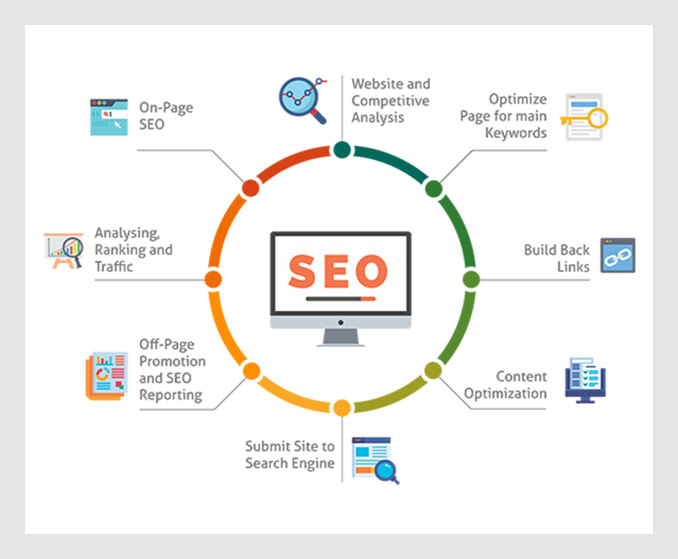
Branding and Identity
A website is often the first point of contact between a business and its customers, and it is therefore essential to create a website that reflects the brand’s identity and values. A website that aligns with a company’s branding and marketing efforts will create a cohesive and memorable user experience.
A well-designed website should reflect the visual identity and branding elements of the company. This includes using consistent colors, typography, and logo placement throughout the website. By aligning the website’s design with the established brand identity, businesses can reinforce brand recognition and create a cohesive experience that customers can easily associate with the brand.
The content and messaging on a website should be consistent with the company’s brand voice and tone. Whether the brand is known for its professionalism, innovation, or friendliness, the website’s copy and communication style should reflect these characteristics. This helps to establish a consistent brand image and creates a sense of familiarity and trust with the target audience.
A chance to visually communicate the brand’s story, values, and differentiators exists on a well-designed website. Businesses can tell their brand narrative and elicit the desired emotions in customers by using properly selected imagery, graphics, and videos. Users can be emotionally engaged by visual storytelling on a website, leaving a lasting impression and forging a closer bond with the business.
A well-designed website aligns seamlessly with the overall marketing strategy of the company. It should integrate with other marketing channels, such as social media, email marketing, and content marketing, to ensure consistent messaging and branding across different touchpoints. This integration helps to reinforce brand recognition and recall, as customers encounter a consistent experience regardless of the marketing channel they engage with.
User Experience
In 2023, users have come to expect a seamless and enjoyable online experience. A website that is difficult to navigate, slow to load, or lacks essential information will drive users away. Web design is critical in creating a website that is intuitive, easy to use, and provides a positive user experience. A well-designed website incorporates intuitive navigation that allows users to easily find the information they are seeking. Clear and logical menu structures, breadcrumbs, and search functionalities all contribute to a smooth navigation experience. By organizing content in a way that is intuitive and user-friendly, businesses can ensure that users can quickly and effortlessly navigate through the website, reducing frustration and increasing engagement.
With the increasing use of mobile devices, a responsive web design has become essential to provide a seamless user experience across different screen sizes and devices. A responsive design ensures that the website adapts and displays correctly on smartphones, tablets, and desktops, eliminating the need for users to zoom in or scroll horizontally. By optimizing the website for different devices, businesses can cater to a larger audience and enhance user satisfaction.
Web design is not just about aesthetics; it also encompasses the presentation and delivery of content. A well-designed website incorporates clear and concise content that is easy to read and understand. Typography, font sizes, and whitespace play important roles in making the content visually appealing and scannable. Additionally, incorporating engaging visuals, such as images, videos, and infographics, can enhance the user experience and make the content more compelling and memorable.
A user-centric design approach places the needs and preferences of the target audience at the forefront. Understanding the target audience’s behaviors, goals, and pain points helps in designing a website that caters to their specific needs. User research, usability testing, and data analysis can provide insights into user behavior and preferences, allowing businesses to optimize their website design accordingly. By prioritizing user needs, businesses can create a website that resonates with the target audience and keeps them engaged.
Trust and Credibility
A well-designed website maintains visual consistency across all its pages, reflecting the brand’s identity and values. Consistent branding elements, such as logo placement, color scheme, typography, and imagery, create a cohesive and polished look. This consistency reinforces the brand’s identity and professionalism, making it easier for potential customers to recognize and remember the business.
A visually consistent website enhances trust by projecting a reliable and established image. A professional web design considers user experience and functionality as crucial aspects. A well-structured and intuitive layout helps users find the information they are looking for quickly and easily. Functioning links, clear navigation menus, and easy-to-use interfaces all contribute to a positive user experience. A website that is user-friendly and provides a seamless browsing experience reassures potential customers that the business is trustworthy and reliable.
Web design goes hand in hand with the presentation of high-quality content. A well-designed website showcases content in an organized, readable, and engaging manner. Proper formatting, legible typography, and appealing visual elements enhance the overall presentation of the content. When potential customers encounter well-crafted and informative content, it further instills trust in the business’s expertise and knowledge within its industry.
Web design can also play a role in showcasing testimonials and reviews from satisfied customers. Well-designed sections for testimonials or dedicated review pages provide social proof and build credibility. Positive feedback and reviews from previous customers can significantly influence potential customers’ trust and confidence in the business.

Conclusion
In conclusion, web design remains an essential component of any online business or organization in 2023. A well-designed website can provide a positive user experience, attract and retain customers, and increase sales and revenue. Because of how essential a website is for a business, Crystaylor Creative prides itself in the web designs we create for our customers. With the ever-increasing competition on the internet, it is essential to invest in web design to stand out from the competition and succeed in today’s digital landscape.
